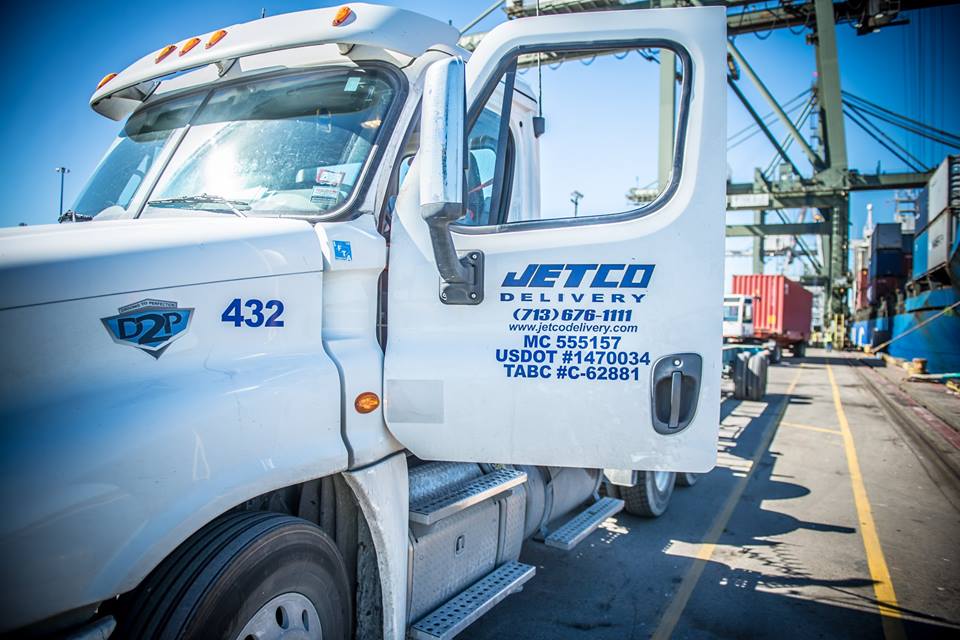America is amid a severe truck-driver shortage. The shortage is so significant that it threatens to derail American economic growth. Some speculate that fully autonomous trucks (i.e., no truck driver in the cab) will solve the capacity crunch. At least for the next generation, this is nonsense. Technology has tremendous potential to bring drivers back into trucks, but it will not replace truck drivers. Here’s why:
- The technology is here, but society is not ready. Ask yourself this commonsense question: Would you want an 80,000-pound driverless truck next to your family on the freeway? Technology simply lacks the judgment that human beings bring to situations such as extreme weather, traffic jams, construction zones and other daily challenges encountered on the road. It is why we need pilots in planes, even though much of the flying experience is now automated.
- Proponents of autonomous vehicles point to accident statistics and argue that a driverless truck is safer than one with a human behind the wheel. This claim is baseless. Proponents fail to mention that human beings have caused all the accidents, because they have driven all the miles. There is no proof that a driverless vehicle will perform any better. Testing performance in the desert is one thing, but testing it in an urban setting is another.
- Product liability will become a major issue if driverless trucks hit the road. If an autonomous truck is in an accident, who will be sued? Risk will shift from the trucking company and its truck drivers to the truck manufacturer. In the current legal environment, truck manufacturers have little, if any, exposure in truck accident cases. Are they really prepared to shoulder this significant burden? Major truck manufacturers may keep a person in the truck for this reason alone.
Despite all the reasons that fully autonomous trucks are at least a generation away, industry leaders and policy makers are rushing to support full autonomy. They need to slow down. It’s important to look beyond the horizon but not at the expense of meeting today’s demands. This comes at a time when we must invest in infrastructure and bring truck drivers back into the industry.
That is where technology is a tremendous asset. Technology is the key to attracting the next generation of truck drivers. Technology will bring truck drivers in—not kick them out.
As an example, Daimler AG recently committed to invest $3 billion in research and development, including numerous autonomous features. In about five years Daimler projects that it will have a vehicle that can drive itself in most situations, with some exceptions when a human must take control. Features include adaptive cruise control, lane-change protection and emergency breaking. If Daimler is five years away from a self-driving truck that operates with a human in the cab, how far away are completely driverless trucks at Daimler and other major truck manufacturers? Are they even on the drawing board?
Technology is redefining the role of the truck driver and will continue to do so. The human element will be essential for the foreseeable future to safely navigate American roadways. Technology will continue to reshape the role of the professional driver. It will make driving fun again, attracting a new generation of truck drivers—a key component to solving the capacity crunch.



